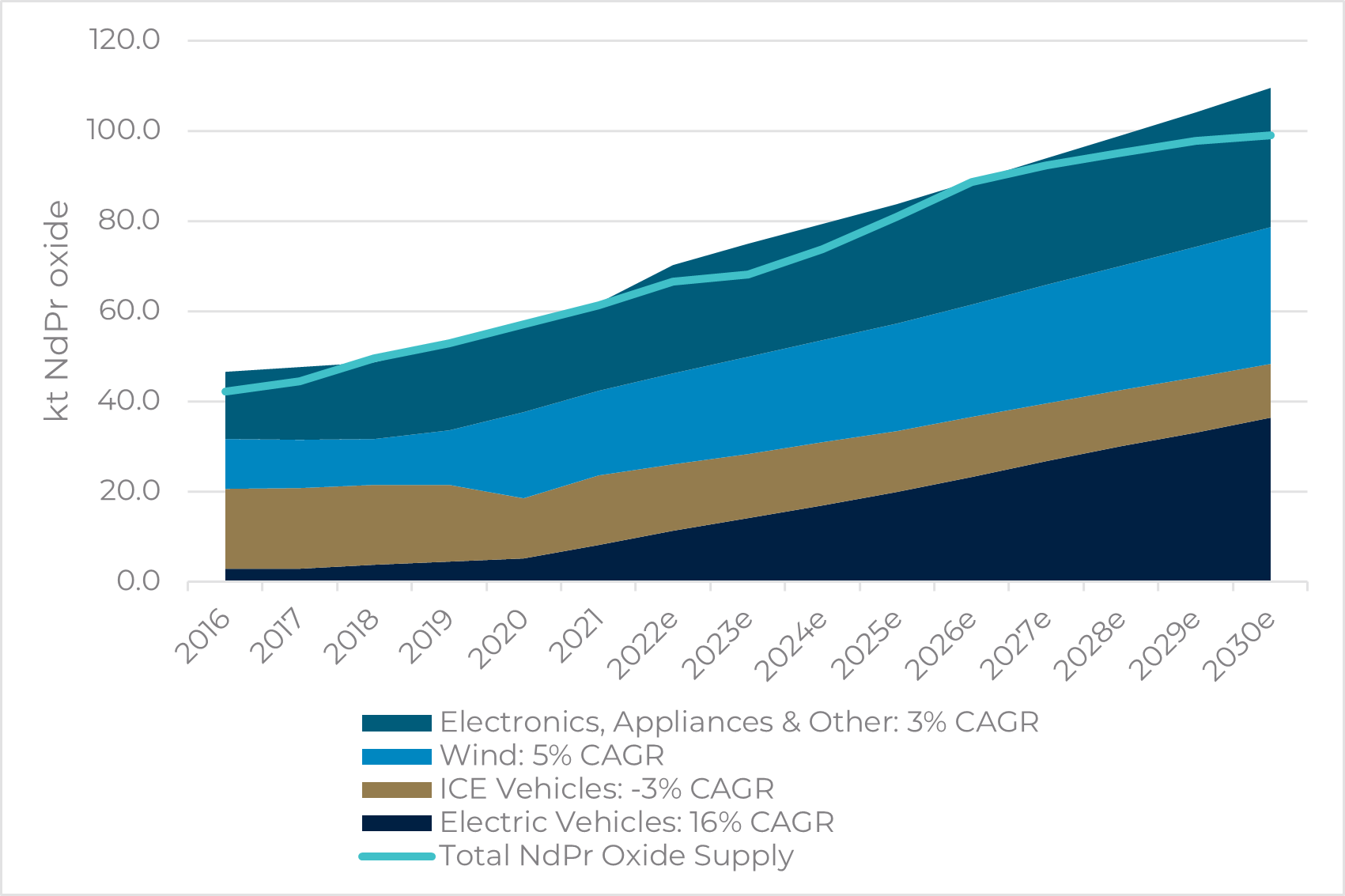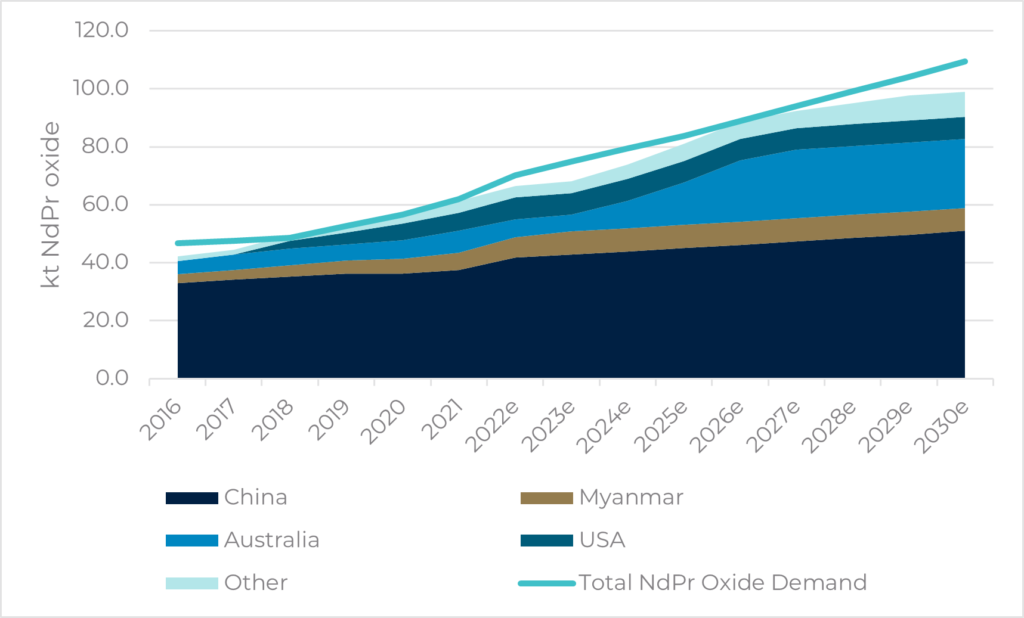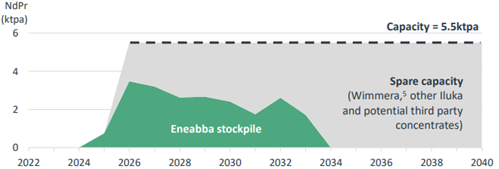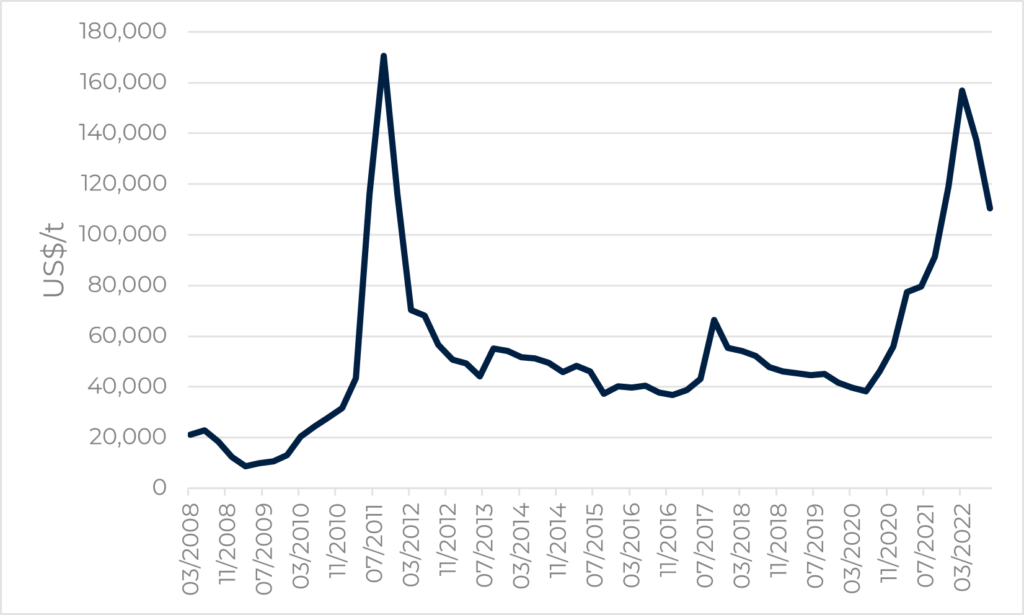- 0:35 - why Kardinia has a contrarian view on inflation, despite the ongoing strength of the Australian economy
- 3:04 - all eyes on the response from the central banks
- 4:41 - ... and the effect on corporate earnings
- 6:23 - the signs from past periods that do point to a recession
- 7:58 - a conservative positioning of Kardinia's portfolio, including some stock updates.
Speakers: Stuart Fechner, Head of Research and Asset Consultant Relationships
Kristiaan Rehder, Co-founder and Portfolio Manager
























.jpg)



%20-%20HFI%20Research.png)

